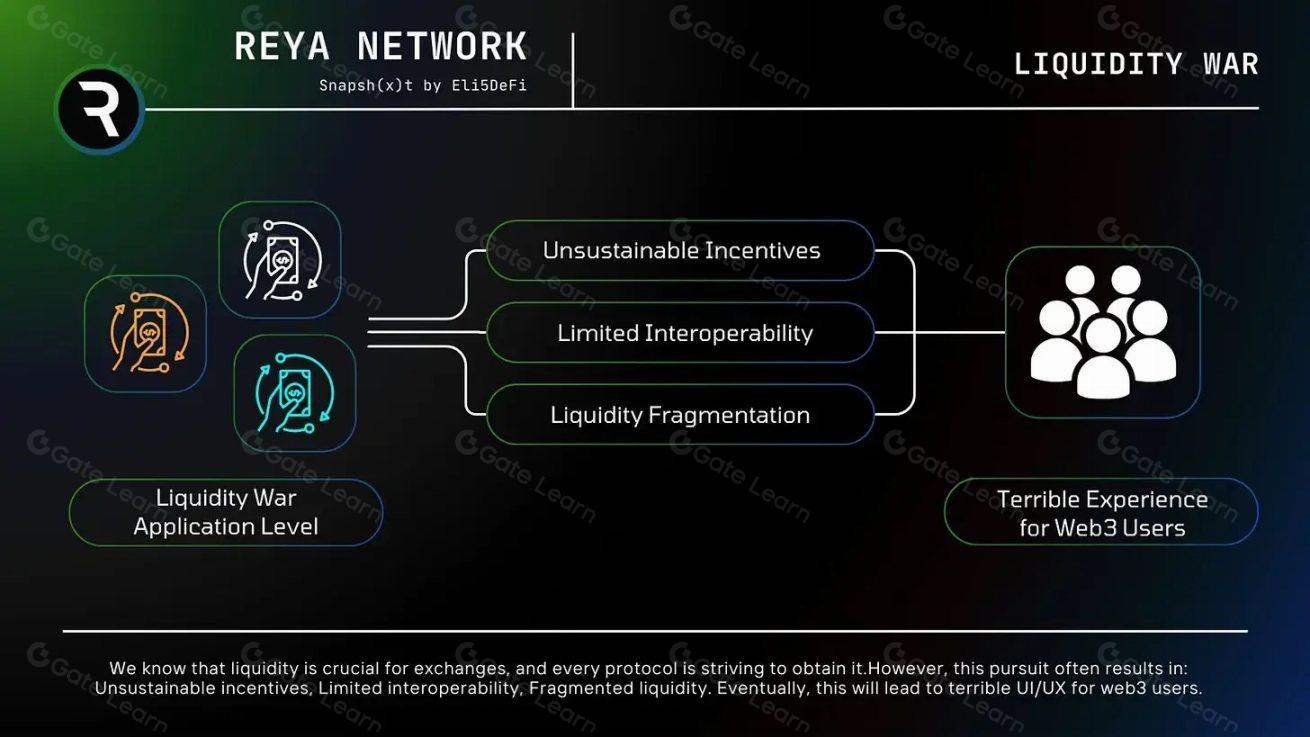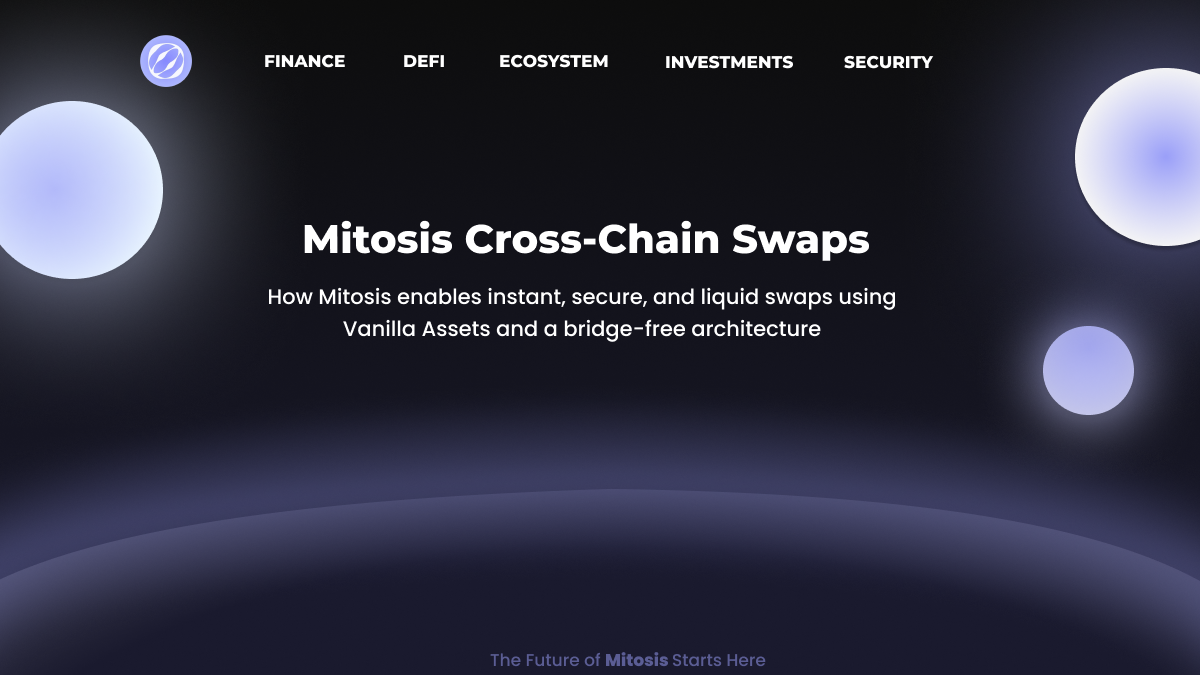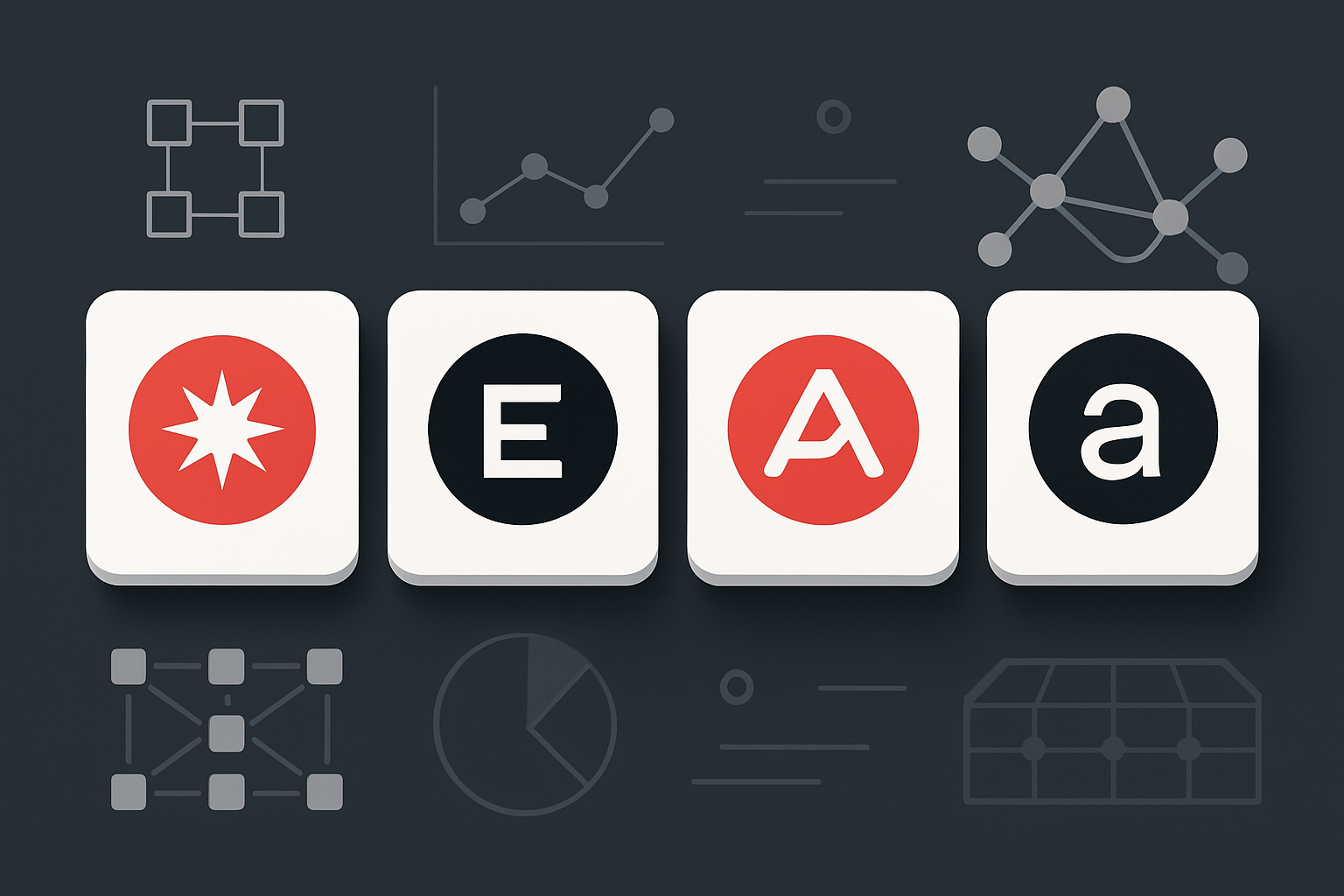
Decentralized finance (DeFi) is entering a new era, defined by the rise of modular data availability layers that are unlocking true cross-chain collateralization. For years, the vision of seamless movement and utilization of assets across blockchains has been hampered by technical silos and fragmented liquidity. The modular approach is changing this paradigm, offering a foundation where data availability, not just consensus or execution, becomes the lynchpin for unified DeFi collateral and capital efficiency.

Why Data Availability Is the Missing Link in Cross-Chain DeFi
Traditional monolithic blockchains like Ethereum bundle execution, consensus, and data availability into a single layer. While this architecture simplifies design, it leads to scalability bottlenecks and makes interoperability with other chains cumbersome. In contrast, modular blockchains split these responsibilities into specialized layers. The data availability (DA) layer’s job is to ensure that all transaction data is published, accessible, and verifiable by anyone at any time.
This separation is crucial for cross-chain collateralization. When you want to use an asset from one chain as collateral on another, every participant in the system must be able to independently verify its existence, state, and history, without trusting a central bridge or third party. Modular DA layers like Avail or EigenDA provide this universal source of truth. By decoupling data from execution environments (such as rollups or appchains), they enable smart contracts on disparate networks to reference the same asset data with confidence.
The Rise of Modular DA Layers: Setting New Standards for Capital Efficiency
The impact on DeFi lending and liquidity protocols is profound. Recent innovations such as Synonym’s universal cross-chain credit layer show how modular DA enables users to supply collateral on one blockchain and borrow against it on another, without needing to wrap assets or rely on brittle bridges (learn more here). This not only increases capital efficiency but also dramatically improves user experience by abstracting away complex multi-chain operations behind a single interface.
Flex Pools, as discussed in Ethereum Research circles, exemplify intent-based cross-chain execution made possible by robust DA guarantees. Solvers can borrow assets on one chain while returning them on another because both sides trust that transaction data will be available when needed for settlement or dispute resolution. This level of composability was simply not feasible under legacy architectures.
Security Through Data Uniformity: The End of Fragmented Collateral Silos
The security benefits are equally compelling. By ensuring consistent data availability across multiple chains, modular DA layers significantly reduce risks such as data withholding attacks that have plagued earlier bridge-based interoperability models. Every validator or verifier can independently check that collateral actually exists and has not been double-spent elsewhere in the ecosystem.
This uniformity paves the way for genuinely native asset collateralization across ecosystems, a leap forward from today’s world of synthetic representations and wrapped tokens. Protocols like Morpho are leveraging these advances to support a wider array of native assets while optimizing capital allocation strategies across chains.
The result? A rapidly evolving landscape where liquidity silos are broken down, risk management becomes more robust, and opportunities for yield generation multiply across networks without sacrificing security or transparency.
As the modular blockchain stack matures, we are witnessing a convergence of DeFi primitives that were once isolated by technical and economic barriers. Unified liquidity pools are now feasible, allowing protocols to aggregate capital from multiple chains and deploy it wherever yield or demand is highest. This not only boosts returns for liquidity providers but also stabilizes lending and borrowing rates across the ecosystem.
Consider the impact on user experience: instead of manually bridging assets or juggling multiple wallets, users interact with a single interface that abstracts away chain-specific complexity. Behind the scenes, modular DA layers ensure that every transaction, whether it originates on Ethereum, a Layer 2 rollup, or an appchain, is instantly verifiable and available to all participants. This is the backbone for unified DeFi collateral strategies and cross-chain risk management frameworks.
Emerging Use Cases: Flex Pools, Intent-Based Execution, and Beyond
Protocols like Flex Liquidity Pools are pioneering intent-based cross-chain execution. Here, solvers can borrow assets on one network and seamlessly return them on another, confident that data availability guarantees will hold up under scrutiny. This model is particularly attractive for sophisticated DeFi users who want to optimize capital efficiency without exposing themselves to unnecessary bridge risk or slippage.
The competitive landscape is heating up as protocols like Morpho leverage modular DA to support increasingly diverse asset classes, from tokenized treasuries to real-world assets. The flexibility of this architecture means new collateral types can be onboarded rapidly, without sacrificing security or composability. As a result, we’re seeing an explosion in cross-chain lending products that would have been unthinkable just two years ago.
Top Protocols Using Modular DA for Cross-Chain Collateralization (2025)
-

Avail: A leading modular data availability layer, Avail supports a wide range of rollups and appchains, providing the backbone for scalable and secure cross-chain collateralization in DeFi.
-

Synonym: This universal cross-chain credit protocol leverages modular DA layers to enable seamless borrowing, lending, and yield generation across multiple blockchains, all through a unified interface.
-

Flex Pools: Flex Pools is a modular liquidity protocol designed for intent-based cross-chain execution, allowing users to borrow assets on one chain and return them on another, powered by robust data availability layers.
-

Mitosis: Mitosis provides unified cross-chain liquidity and data accessibility, ensuring faster and more secure asset transfers by leveraging modular data availability architecture.
-

Morpho: As a modular lending protocol, Morpho stands out for supporting multiple assets and optimizing capital efficiency, all while utilizing advanced data availability solutions for secure cross-chain operations.
What’s Next? The Roadmap for Modular Cross-Chain DeFi
The coming year will be defined by further abstraction and automation at the protocol layer. Expect to see more intent-centric designs where users specify their goals (e. g. , “borrow against my Solana tokens on an Ethereum-based lending market”) and let smart contracts handle routing and settlement across chains, all powered by robust DA guarantees.
Security audits and governance frameworks will become even more critical as the stakes rise. With more value flowing through unified collateral systems, protocols must ensure that data integrity is never compromised, even in the face of sophisticated adversaries or network failures. Modular DA layers provide a strong foundation here but require vigilant oversight as composability increases complexity.
If you want to dive deeper into how these architectures eliminate traditional bridge risks while enabling seamless liquidity movement, check out our guide on modular DA layers powering cross-chain DeFi without bridges.
The bottom line: Modular data availability layers are not just another incremental upgrade, they are fundamentally reshaping what’s possible in decentralized finance. By unlocking true native asset collateralization across blockchains, they empower both developers and users to build financial systems that are more efficient, secure, and universally accessible than ever before.






